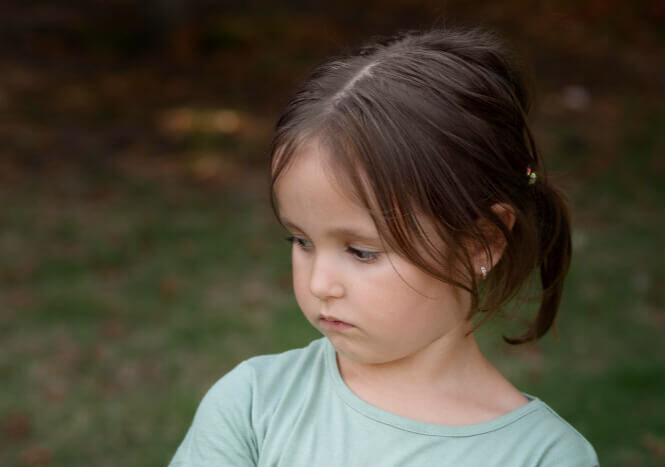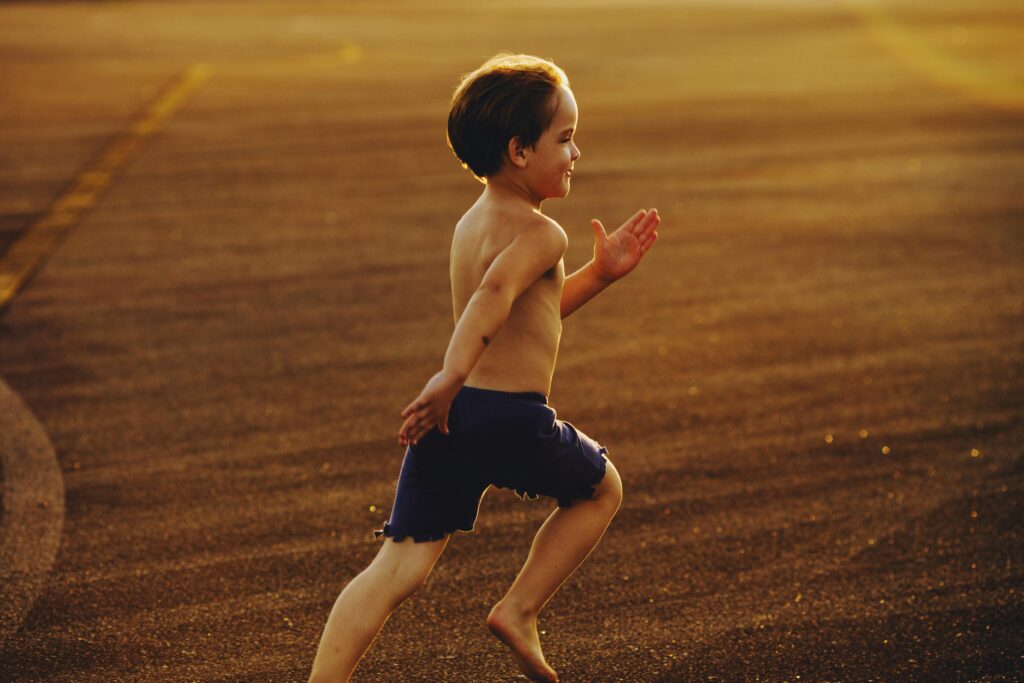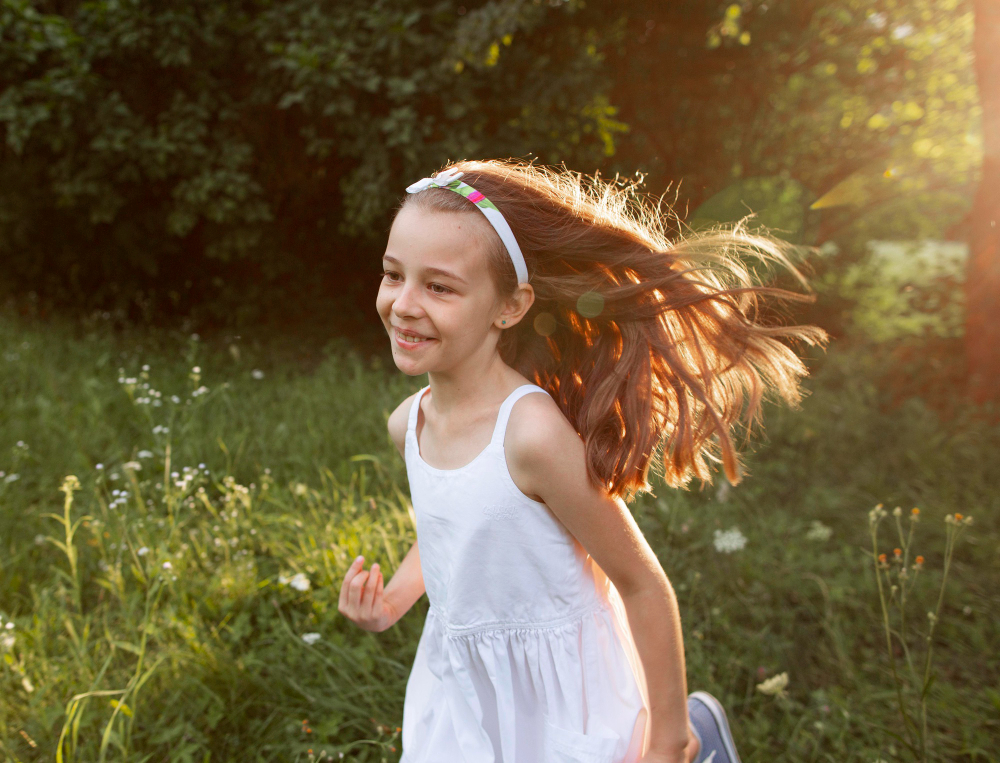
Physical education
Physical education refers to the structured, school-based practice of supporting movement, physical literacy, and body-based learning. At its best, PE cultivates lifelong joy in motion, supports emotional regulation, nurtures connection to the body, and affirms each student’s dignity and agency. In practice, however, PE often reflects dominant values around control, hierarchy, competitiveness, binary gender norms, and standardised performance expectations—making it an exclusionary or even traumatic experience for many disabled, neurodivergent, fat, racialised, gender-diverse, or chronically ill students. This tag explores what it means to reclaim physical education as a site of accessibility, consent, and community.
-
“For your own good”: How schools punish children through food, control, and bodily discipline
Through curriculum, posters, reward systems, and lunchroom rules, schools encode a silent but relentless message: that certain bodies are dangerous, excessive, or deviant. Fat children are positioned as futures to be prevented. Neurodivergent children whose eating diverges from the norm are framed as problems to be solved. The desk that squeezes, the poster that moralises,…
-
What are we teaching them in gym?
After months of thinking about collective punishment, I was drawn to memories of my own painful experiences in gym in highschool. I reflected on the experience of our PE teacher hitting boys in the head with volleyball balls when they misbehaved. Also, I thought of the time my child was struck with a badminton racket…
-
Make it weird, meet the curriculum: a parent’s guide to joyful, inclusive PE
British Columbia’s Physical and Health Education (PHE) curriculum emphasises holistic well-being—physical, mental, and social—and recognises that a one-size-fits-all approach can alienate students. Simply providing generic activities without personalisation can be counterproductive if students fixate oqn their weaknesses and develop a negative view of movement or of themselves. The BC framework encourages teachers to respond to…
-
How PE class taught us to disappear, comply, and endure
There are classrooms where harm appears visible—where a raised voice or a revoked privilege tells a clear story, where a child’s tears correspond to a policy, a decision, a teacher’s name—yet physical education was a different kind of room. PE held harm in soft cotton and shouted praise. It offered pain disguised as character. It…



